[The following will contain spoilers for The Last of Us show and both video games]

It’s been ten years since The Last of Us launched in 2013, and it still feels like we can’t agree on what the series is actually about. Not literally, mind you. The series is pretty straightforward in that regard: a grieving father is tasked with protecting and delivering a young girl to a rebellion group in hopes that her immunity can help create a cure for the infectious fungi that leveled most of society. The sequel, spurred by said grieving father murdering the doctor who ostensibly could have used the girl’s immunity to create a vaccine, is a revenge story with two young women seeking justice (read: vengeance) for their father figures. But where the confusion seems to come in is when we talk about what it all means. It’s part of why the series is such a contentious one to even discuss.
Perhaps it’s fitting a series that relies so heavily on perspective as a storytelling tool would be so open to interpretation. But HBO’s adaptation doubles down on making one character’s motivations and actions less ambiguous, and in so doing, it feels in some ways like it’s leaping to the end of a character arc that, in the games, lasts through the end of Part II. I’m talking about Pedro Pascal’s Joel Miller. Can this set a different course for how newcomers discuss what The Last of Us is about?

G/O Media may get a commission
How does The Last of Us game frame Joel?
Narratively, the original The Last of Us (referred to hereafter as Part I) is pretty straightforward compared to its sequel, and the HBO adaptation follows suit. Going back to it after playing through The Last of Us Part II illustrates a strong throughline of grief and how it can change us, to the point where the first game can feel like a thematic prologue, setting up the explorations that the sequel then follows through on in more profound ways. Joel loses his daughter during the initial cordyceps outbreak and grows cold in the following two decades. His smuggling job puts him in the path of Marlene, the leader of the rebellious Fireflies, who is looking for ways to save the world after it’s been torn asunder. This includes delivering Ellie, a young girl who appears immune to the same infection that has killed millions of people over the past 20 years, to a team of doctors who might be able to use her to create a cure.
Read More: The Last Of Us Episode 9 Recap: A Powerful, Haunting Finale
Joel, hardened by his lived experience, is a man capable of violence, and that violence is how you engage with the world throughout large swaths of the game. But that violence is often framed as a necessity. You’ve been given the primary objective of protecting Ellie as you deliver her across the country, and anyone who threatens her safety is simply getting what’s coming to them. In full transparency, I am, to this day, pretty resistant to claims that Joel’s violence is somehow unwarranted through most of Part I. The game goes out of its way to try and justify a lot of what Joel does by pitting you against slavers, raiders, and cannibals through much of the series. Where things get murkier are in two key scenes in the late game.
There’s a scene in Part I that’s faithfully recreated in HBO’s show where Joel tortures two men to get information on Ellie’s whereabouts. After gently poking one guy’s knee with a knife a few times, he gets the information he needs and proceeds to kill him and his friend anyway. For some, this is a “mask off” moment for Joel as a man who kills without prejudice…but it was also cannibals who had taken Ellie hostage, so she was in tremendous danger. I understand people who find him less relatable because of this scene, but I find the condemnation of his actions odd, unless a person thinks the act of violence is inherently immoral. I don’t disparage pacifism as an ideology, but within the context of the situation, Joel’s actions here feel like the natural conclusion and an expression of his protectiveness of Ellie more than him or the game reveling in the act of torturing someone.

What makes the hospital segment so significant in the game?
The final combat segment is the most significant moment of Part I’s player/protagonist dissonance. Joel, having learned that the process the Fireflies are putting Ellie through in their attempt to synthesize a vaccine will kill her, goes on a rampage through the group’s base, killing soldiers and doctors on the way out. Unlike the torture scene, you’re in full control of this segment, and while you might believe Ellie’s life is worth a potential world-saving vaccine, Joel doesn’t. Your only choice is to play the part you’ve been given or close out the game.
After Joel and Ellie escape the Firefly base and head back to their new home in Jackson, Wyoming, Joel lies to Ellie about what happened and swears that he’s telling the truth. Ellie reluctantly says, “okay,” and the game hard-cuts to black. We spent seven years between this game and its sequel, left only to sit with the uncomfortable truth and speculate about why Joel did what he did. Was it because he’s a sad old man trying to replace his dead daughter with a new one? Was it because he didn’t believe the cure would work? Was it because he believed Ellie deserved to live without the decision being made for her and didn’t see the irony in him making the decision? Whatever the case, did Ellie truly believe him? Before Part II, that was the moral conundrum players were left to ponder. At least, until the sequel gave both characters a chance to express their truth to the world.
The Last of Us is typically discussed in the context of its on-paper narrative, but we don’t talk enough about Joel’s hospital rampage as a video game moment, one you have to play, whether you like it or not. After spending over a dozen hours watching Joel and Ellie’s story unfold, the game asks you to see it through to its logical conclusion. Comparatively, the HBO show does its best to capture the essence of the scene with moments of Joel brutally gunning down and gutting Fireflies as they surrender, but it can never truly recreate that moment of friction generated by your perhaps-reluctant involvement. The Last of Us often makes you feel powerful because Joel is a capable fighter who can turn a paperclip and string into something to murder you. However, the powerlessness you have to turn its characters the other way when they can’t see a different way forward is why it’s effective as a video game. The gradual moment that you fully come to realize there is a wall between you and the protagonist you’ve embodied is why the final segment is so significant.
Even if the game has laid the groundwork for you to sympathize with or at least understand Joel, it makes a point to frame the last playable section of the game in a way that asks you to at least question his actions. You play as Ellie on the way back to Jackson, following behind an almost happy-go-lucky Joel as she’s clearly distressed about being unable to save everyone with her immunity. She tells Joel about her survivor’s guilt, and pleads with him to hear her. And he still lies. Whether you support Joel or not, The Last of Us wants you to feel how his choice at the hospital has affected those around him, though that hasn’t stopped some players from feeling uncritically on board with what he’s done, in the end.

The Last of Us is about tension between player and protagonist
In creating this friction, Part I’s finale is a microcosm of the entire structure of The Last of Us Part II, in which the game is frankly obsessed with putting as much distance between you and its co-protagonists as possible. The opening hour is spent swapping between an older Ellie and a mysterious young woman named Abby, and the game does a lot to obscure the specifics of their mindsets by requiring the player to commit violent acts, often without full context of why they’re in the headspace to do it. It’s playing with similar player/character dynamics as Part I’s finale, but with an inverted structure. In the first game, you saw everything that led Joel to the moment he committed a violent act in the name of someone he loved, whereas Ellie and Abby’s context comes entirely in flashbacks after the fact. Part II wants to hide that context from you, and uses your ignorance to play with the same tension you might’ve felt as Joel in the first game’s finale.
By the time those flashbacks have completely unfurled these women’s motivations, it becomes clear that, despite the violent ends, everything Ellie and Abby did was borne from grief, not some perverse relishing in committing violent acts. The player guides Abby to Joel not knowing she has murderous intent, and the player guides Ellie to Seattle to exact revenge, not knowing that Abby was seeking justice for her father, the doctor who planned to kill Ellie to create a vaccine. Abby’s own flashbacks reveal her father Jerry had every intention of killing Ellie without her consent, which once again recontextualizes the events of both games. These two daughters have been left in their fathers’ wake (if you try and tell me Joel isn’t Ellie’s father, so help me god) to act out and carry on this violent, generational trauma. In both of them choosing to leave it behind at different points, they free themselves from this cycle and become able to find out what their life can be now. Both of them left a great deal of death in their wake, and if that’s not palatable, that’s fine. But the throughline of how grief changes us is a consistent theme for both The Last of Us games and the show is much more direct in its framing.
The Last of Us show doesn’t want you to doubt Joel’s intentions
One of the biggest differences between Naughty Dog’s game and HBO’s show is how much more economical the source material is in exploring certain scenes, relationships, and motivations. I first noticed this in episode six, in which Joel has an honest-to-god conversation with his brother Tommy in Jackson about his anxieties surrounding protecting Ellie, whereas in the game, the nature of his misgivings is just heavily implied. Yes, his anxiety attacks became a meme, but it was a more explicit portrayal of ideas the game only really tackled through subtext. Joel wanted to leave Ellie in the care of his brother in both versions of the story, but we were mostly left to infer why in the original portrayal. Because The Last of Us games fill more of their runtime with gameplay segments, the TV show fills in what the games give us by expanding on the character work through unmissable dialogue.

The exact feelings Joel has in the final episode are also more explicit, as there’s an entire scene where he and Ellie stop in the middle of Salt Lake City to more or less look at the camera and tell the audience what they’ve learned in their cross-country odyssey. Joel tells Ellie of a failed suicide attempt by gunshot after Sarah’s death, having felt like he had nothing left to live for. He flinched, saving his life. Ellie asks if he stuck around because time heals all wounds, but he says it wasn’t time that healed him. They exchange a knowing look before Ellie says she’s glad he wasn’t successful. The game has no such exchange, though Joel does tell Ellie that what keeps him, or anyone in this desecrated world, going is finding new things to live for. That can be a community like Tommy found in Jackson, or a daughter worth protecting.
It’s two different approaches to characterization, and while I prefer the matter-of-fact, subtext-driven writing of The Last of Us games, I understand why the show’s more expository writing would read better to television audiences. But it does create a new wrinkle in how we’re supposed to read Joel as a character. Because of the ambiguity in the game’s writing, there can be, if one chooses to read it as such, an insidious undertone to both Joel’s violent actions and his dishonesty. Those readings are still possible with the show, but the way Pascal’s version of the character is more upfront with his motivations from the outset does add new context to our view of him.
What’s lost when ambiguity is gone?
To some, the reduced doubt and ambiguity of the ending in the show may make it less effective. After all, it was largely speculation about Joel’s motives and Ellie’s beliefs that made The Last of Us’ conclusion such a hot topic when the game first launched in 2013. But now, at least half of that is removed from the final episode because the show has more overtly laid the groundwork for a sympathetic read on why Joel did what he did. The show makes it clear it believes Joel is a protector, rather than a selfish bastard who only cares about what he wants above all else. It starts as far back as episode two, when Tess tells him to “save who [he] can save,” which feels like a pointed remark to a man still grieving a daughter 20 years gone. Then Bill leaves a suicide note telling Joel that, for gruff, violent people like them, having someone to love and protect is what makes life worth living.
There’s still merit to the conversations about whether Joel’s actions are justified or whether the Fireflies’ proposed plan could’ve even worked, but The Last of Us show feels at least a few steps ahead of certain discussion points that the game sat with for seven years before its sequel. The Last of Us Part II felt deeply attuned to these conversations, and the show, despite still adapting the first game, already feels attuned to them as well, as its characterization of Joel leans hard into a basically likable, American small-town dad persona.
The Last of Us Part II doesn’t believe Joel is a monster
Some players take issue with Joel’s role in The Last of Us Part II. No, not the dying part, the part where he’s not portrayed as a violent monster and instead spends most of his on-screen time being, well, a father. Over the course of Ellie’s flashbacks, he teaches her to play the guitar, he takes her to a dilapidated museum where she gets to learn about dinosaurs and space, and even after Ellie learns the truth of what he did at the end of Part I and cuts ties with him, he swoops in to defend her after a homophobic outburst from the local bigot. While some might claim this feels out of character for the guy they once upon a time watched torture a pair of cannibals, Joel being invested in Ellie’s life and hobbies was already a well-established dynamic in the first game. During the Fall and Spring sections, the two talk at length about the lives they wish they could live, including Joel wanting to be a singer and Ellie wishing she could have been an astronaut. Joel even says during the Spring section that he wants to teach Ellie how to play a guitar, which he finally does in the sequel.

Part II spends a great deal of its runtime showing Joel as decidedly not a creep who abducted a child from the Fireflies, but it also uses its final flashback to let Joel do what he didn’t get to do in the first game: speak for himself, rather than be interpreted in the space in between. When Ellie confronts him about robbing her of the chance to be a cure, he plainly states that, even after having dealt with the fallout and losing his relationship with Ellie, he would do it all over again. Her life was worth more than him having a daughter figure in his life. Whatever interpretations we may have had over the years about Joel’s motivations, he finally expresses them in the penultimate scene of The Last of Us Part II. His lack of remorse could be read as a lack of character development, but Part II isn’t about Joel in the same concrete way the first game was, where he was clearly the protagonist. It’s more about Ellie reckoning with the realities of who he is and what he’s done, and choosing to, at the very least, consider forgiving him.
The final scene of Part II relies on the games’ signature subtext, with Ellie leaving the guitar Joel gave her at the beginning in an empty house, symbolically leaving the pain of everything that’s come before behind to find something new, or perhaps to attempt to rebuild something old. That includes forgiving Joel and acknowledging that what he did at the end of Part I was an act of violent, misguided love. While the games took seven years and 30+ hours of gameplay to reach that conclusion, The Last of Us show seems less willing to let the uncertainty of why Joel did what he did simmer for that long.
Why does the show want you to sympathize with Joel?
Even without the ambiguity, Joel’s decision at the end still merits plenty of discussion about the man essentially damning the world to this global pandemic. But in the end, The Last of Us as a franchise feels less interested in the ramifications of this act on the world than it is in the damage it does to the people in its closest vicinity. By framing Joel as a sympathetic figure motivated by love, the show more sharply illustrates the divide between Joel and Ellie’s worldviews. It’s a story of two decent people who see the world very differently, rather than one who is morally right and one who is morally wrong. In doing this, it more effectively lays the groundwork for the conflict that plays out between the two in the sequel. With writing like this and inclusions like the possible Dina cameo, HBO’s show feels as if it’s more directly leading into stories and relationships in Part II than the first game could have at the time. That’s the advantage of adapting something with foresight of what comes later rather than filling in the gaps to create something brand new.
In a lot of ways, The Last of Us show feels like a story retold with some retrospection for how conversation around the series has unfolded in the years since the first game. This is seen in things like how it replaces Bill and Frank’s tragic “bury your gays” story with one that doubles down on life being worth living, though it could have used some similar introspection on the series’ treatment of Black characters. While some creatives within the series like Joel/James actor Troy Baker are still unwilling to say the franchise has heroes and villains, the show feels much more willing to call a spade a spade by removing the ambiguity of David’s motives and framing him as a twisted protector mirroring Joel’s loving father. At the very least, that’s what the show seems to believe.

Whether or not we agree with Joel’s actions, the show doesn’t obfuscate why he’s done what he’s done so that it can reveal it in a flashback in another season. It chips away at some of the ambiguity of the original ending, which Part II does away with by the time it’s done. Will it actually change the way the character is talked about and framed in discussions moving forward? Probably not. HBO may have skipped past certain questions, but the show and the games are two distinct things, and Part II’s conclusion hasn’t stopped some people from viewing Joel as a monster. But the show feels less willing to give people the room to decide what it all means.
As a Joel sympathizer, that’s refreshing, but as someone who finds the deliberate barriers Naughty Dog puts between the protagonist and the player so central to what makes The Last of Us effective, I don’t know that it hits quite the same. It feels like a deliberate choice to try and course-correct how people talk about the final moments of this story, or at the very least, to influence what people believe the show wants the viewer to think. But it also feels like a reality of adapting a video game to something you simply watch in that not everything is going to translate. And if the player’s tension with Joel is no longer a factor, maybe skipping to the thematic end point of his character arc is a necessary step in making The Last of Us a television show.

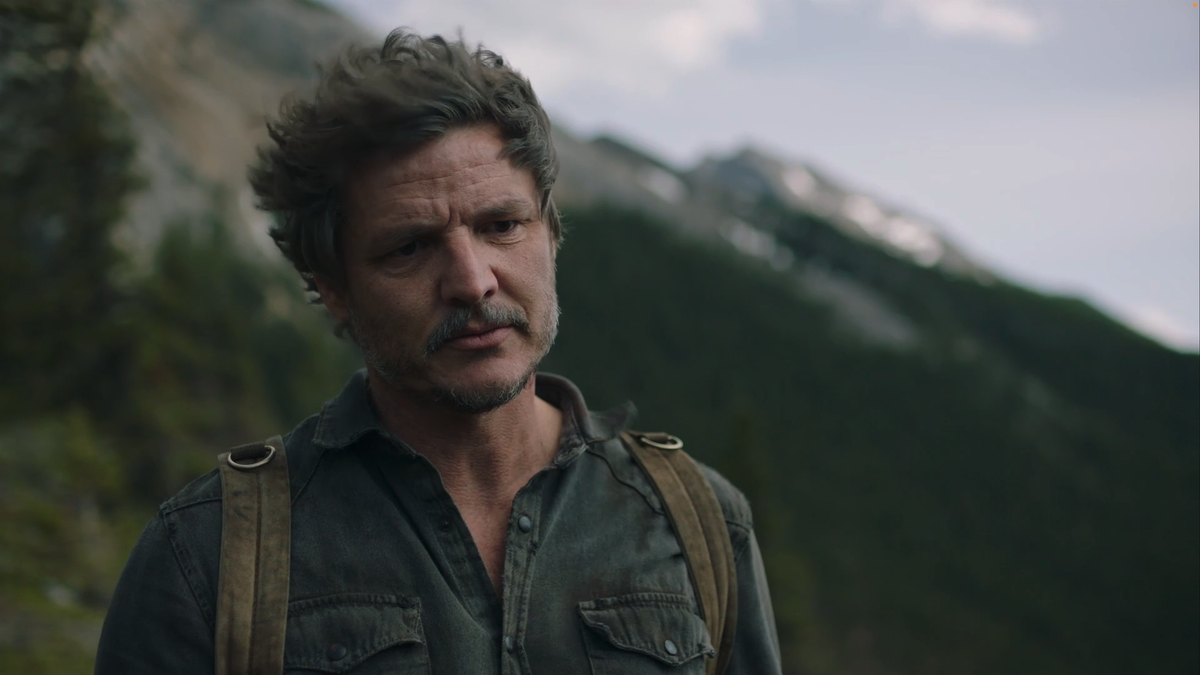
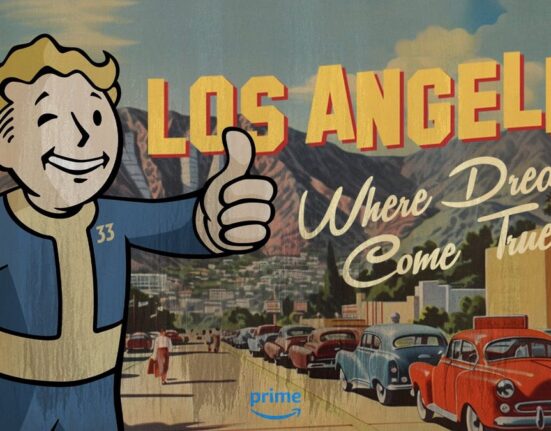
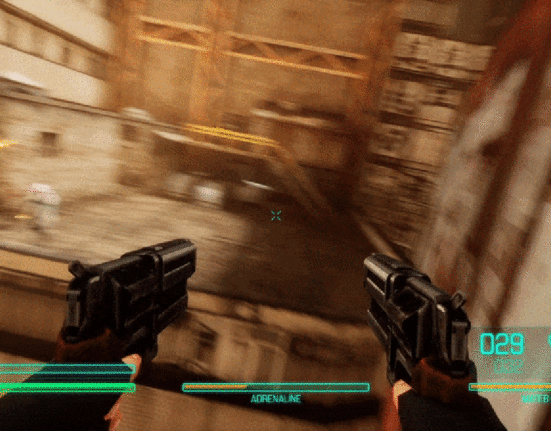
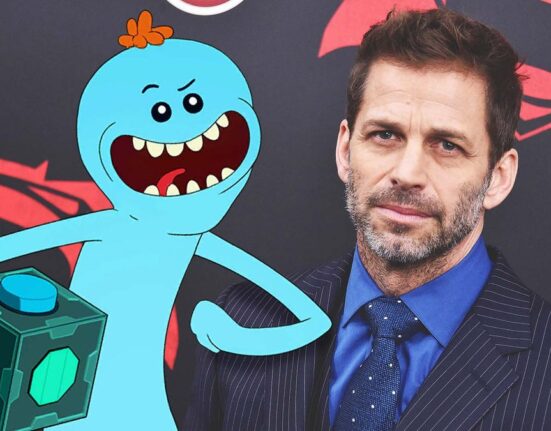
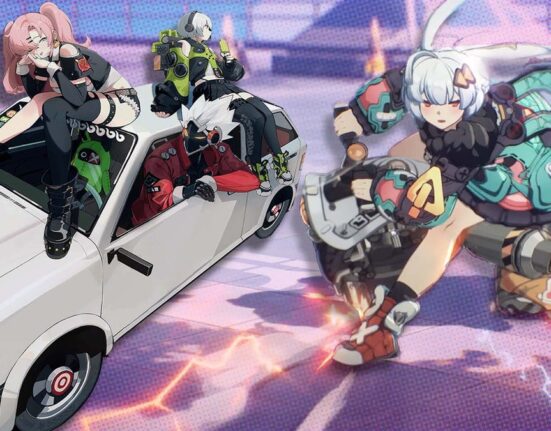
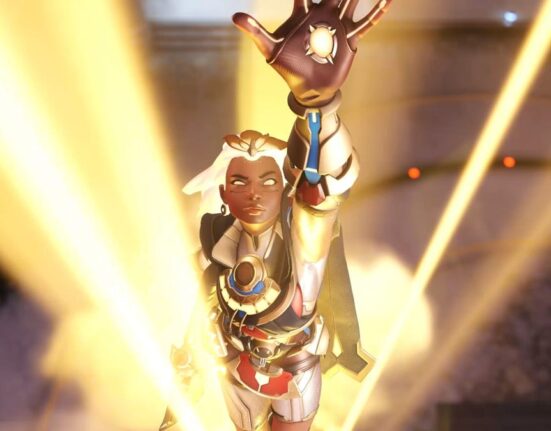
Leave feedback about this